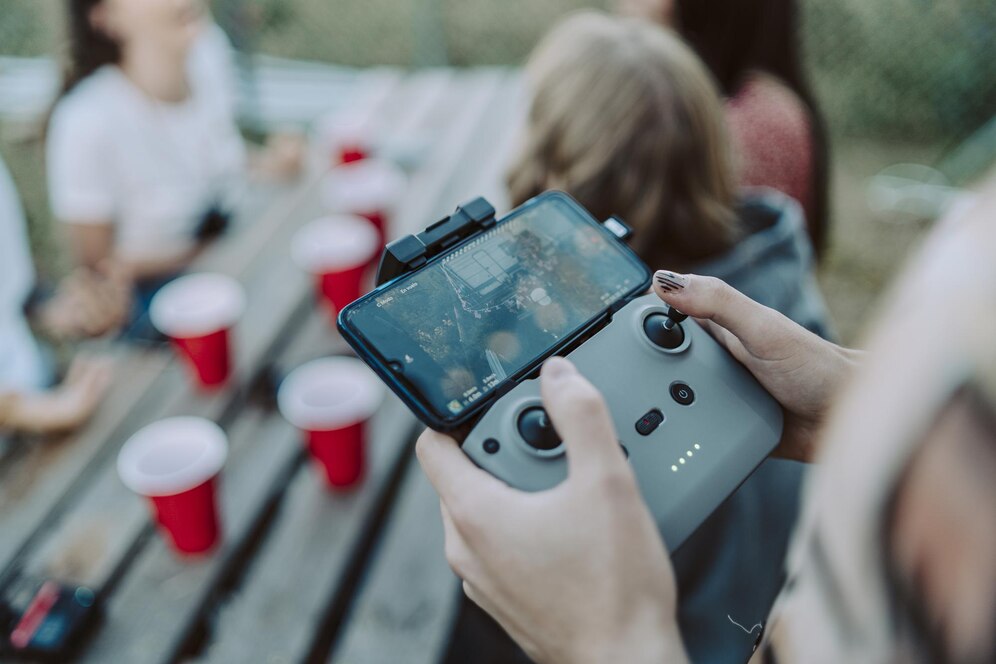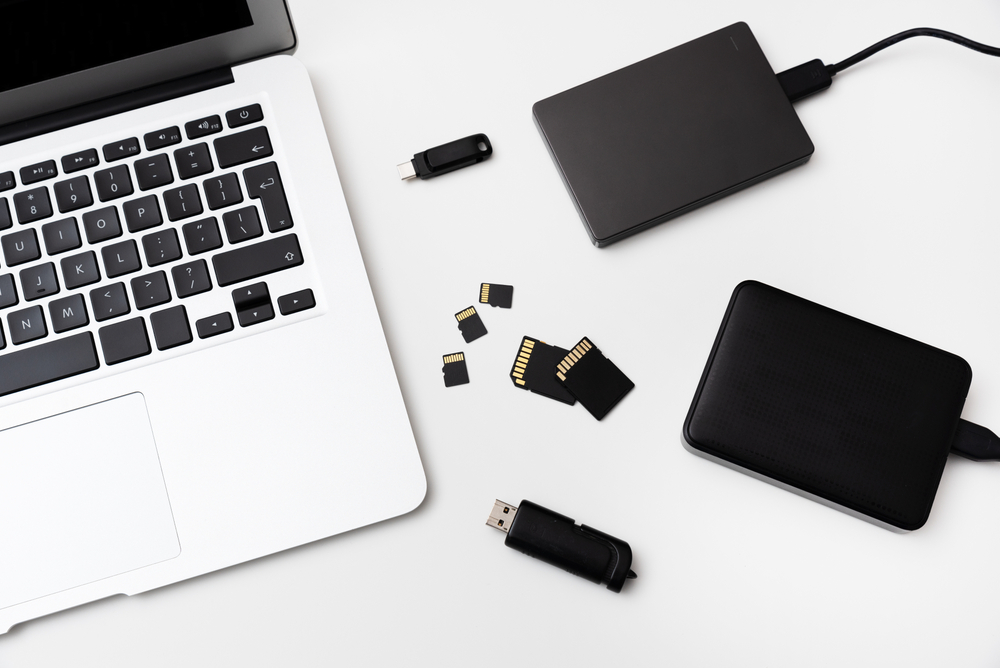
In the highly competitive world of mobile gaming, game developers face constant pressure to ensure their creations are optimized for a smooth, engaging experience. Players expect high-quality graphics, responsive controls, and seamless gameplay, all while minimizing lag, load times, and battery drain. Whether you are working on a simple 2D platformer or a complex 3D adventure, performance optimization is a key factor in the success of a mobile game.
In this blog, we’ll explore essential strategies to optimize mobile games for performance, with a focus on the services offered by Pixel Genesys, a leading mobile game development company specializing in both 2D and 3D game development.
1. Start with Solid Game Design
Game performance optimization begins at the design stage. The game mechanics, visual assets, and even the game’s world should be designed with performance in mind. Before diving into heavy coding, developers should consider the following:
-
Target Devices: Consider the range of devices that will run your game. Low-end devices will struggle with high-poly 3D models or complex physics simulations, while high-end devices may handle more demanding graphics and effects. This knowledge helps in optimizing textures, animations, and game mechanics for different device capabilities.
-
Art and Asset Design: When developing 2D or 3D assets, it’s important to consider their impact on performance. For 2D games, use optimized sprites and textures that are scaled properly for mobile screens. In 3D games, create low-poly models with optimized textures and avoid unnecessary high-resolution assets. Pixel Genesys, known for its 2D game development services and 3D game development services, ensures that the game’s assets are light on resources while maintaining visual appeal.
2. Efficient Code Optimization
Optimizing the code is crucial to improving a game’s overall performance. Efficient code allows the game to run faster, reduces crashes, and minimizes battery consumption. Some tips for effective code optimization include:
-
Reduce Memory Usage: Games often suffer from memory leaks, causing crashes or slowdowns. Efficient memory management involves allocating memory when necessary and releasing it promptly after it’s no longer needed. For example, when working on 2D or 3D game development, caching frequently used assets (such as textures) can help reduce memory load.
-
Use Object Pooling: Object pooling involves reusing objects, such as enemies or projectiles, instead of constantly creating and destroying them. This can greatly reduce the overhead caused by frequent memory allocation and garbage collection. This technique is particularly useful in mobile games with fast-paced action.
-
Avoid Expensive Operations: Developers should avoid using operations that are computationally expensive. For instance, frequent calls to physics simulations, AI pathfinding, or rendering high-level lighting effects can cause performance bottlenecks. By simplifying or optimizing these operations, developers can reduce the performance load.
3. Optimize Graphics and Visual Effects
Graphics are an essential part of a game’s appeal, but they can also be a major source of performance issues if not optimized correctly. Here are some tips to make sure your game looks good without compromising performance:
-
Level of Detail (LOD): This technique reduces the complexity of 3D models based on the player’s distance from them. The closer the player is to an object, the more detailed the model will be, while objects further away will use simpler models. This saves on rendering power and memory.
-
Texture Compression: Textures consume a lot of memory, which can be especially problematic for mobile devices. By compressing textures efficiently, game developers can reduce the impact on performance without sacrificing quality. Tools like ASTC (Adaptive Scalable Texture Compression) can be used to compress textures without noticeable loss in quality.
-
Optimize Lighting: Lighting can significantly impact a game’s performance, especially in 3D games. Techniques like baked lighting (pre-calculated lighting that doesn’t change dynamically) can help reduce the performance overhead. Developers should also limit the number of dynamic lights in a scene and utilize light probes for realistic ambient lighting.
-
Efficient Particle Systems: Particle systems, often used in visual effects like fire, smoke, and explosions, can be taxing on mobile hardware. To keep performance in check, optimize the number of particles, use simpler textures for particles, and reduce their lifespan.
At Pixel Genesys, we emphasize performance optimization during both 2D game development services and 3D game development services, ensuring that high-quality graphics and fluid gameplay go hand in hand.
4. Implement Game Loops and Frame Rate Management
The game loop is the core of any game, responsible for updating the game state, rendering frames, and handling input. It’s important to ensure that the game loop runs efficiently to avoid performance issues:
-
Frame Rate Cap: While a higher frame rate can improve the experience, running at a very high frame rate on mobile devices can lead to unnecessary battery drain and overheating. Cap the frame rate to a reasonable value, such as 30 or 60 frames per second (FPS), to strike a balance between performance and battery life.
-
Fixed Time Steps: A fixed time step ensures that physics simulations and gameplay elements are updated at a consistent rate, regardless of the frame rate. This avoids issues like inconsistent player movement or jittery animations.
-
Asynchronous Loading: Mobile devices often face loading issues due to limited resources. By implementing asynchronous loading, you can ensure that levels, assets, and other resources are loaded in the background without disrupting gameplay. This helps in reducing load times and enhances the user experience.
5. Optimize Networking and Multiplayer Performance
In mobile games that involve online multiplayer or networked gameplay, performance optimization is even more critical. Network latency and bandwidth limitations can cause lag, leading to frustrating gameplay. To mitigate these issues:
-
Optimize Data Transfer: Minimize the amount of data being sent between the server and client. Use efficient serialization techniques and only transmit necessary data to reduce the load on the network.
-
Lag Compensation: Implement techniques to account for network lag, such as interpolation and prediction. These help in smoothing out gameplay during lag spikes, providing a more seamless experience for players.
-
Client-Side Prediction: In multiplayer games, client-side prediction can improve the player experience by making the game feel more responsive. It allows players to see immediate feedback from their actions, even if network latency is causing delays.
Pixel Genesys, a top mobile game development company, excels in ensuring that both the multiplayer experience and network optimizations are seamless, with the ability to develop real-time online games with minimal latency.
6. Battery Optimization
Mobile games can drain battery life quickly, which can cause players to quit the game prematurely. To optimize for battery life:
-
Power-Efficient APIs: Use power-efficient APIs provided by the platform (such as OpenGL ES or Metal for iOS). These APIs are designed to reduce the strain on the mobile device’s CPU and GPU.
-
Background Activity: Avoid running background tasks or services when the game is not in the foreground. Ensure that unnecessary background processes are terminated when the game is paused or closed.
-
Adaptive Frame Rate: Adjust the frame rate dynamically based on the power state of the device. For example, when the battery is low, the game could reduce the frame rate to conserve power.
7. Test and Monitor Performance
Finally, the most crucial part of the optimization process is testing and monitoring the performance on actual devices. Tools like Xcode’s Instruments, Android Profiler, and Unity Profiler can provide valuable insights into where your game is consuming resources.
By testing on a range of devices with different hardware capabilities, you can identify areas where performance needs to be improved and optimize accordingly.
Conclusion
Optimizing mobile games for performance is an ongoing process that requires attention to detail at every stage of development. By focusing on code optimization, efficient asset creation, graphics, frame rate management, and network optimizations, developers can create smooth, engaging experiences for players.
Pixel Genesys, with its expertise in 2D game development services and 3D game development services, understands the importance of performance in mobile game development. By leveraging advanced optimization techniques, Pixel Genesys ensures that every game delivers high-quality performance, regardless of the device it’s running on.
For mobile game developers, performance optimization is not just a technical challenge—it’s an art form that enhances player satisfaction and increases the likelihood of your game’s success in the competitive mobile gaming market.






